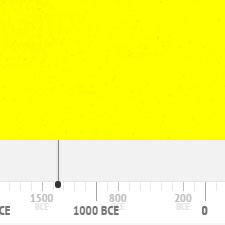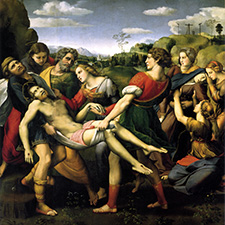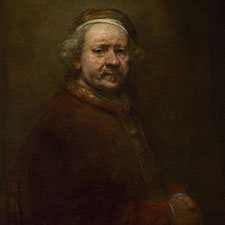Stil de Grain
Natural organic pigmentComposition and Properties of Stil de Grain
Stil de grain pigment is derived from buckthorn berries (Rhamnus cathartica). The main coloring component according to the most recent research (1) is the quercitrin, a glycoside formed from the flavonoid quercetin and the sugar rhamnose. Older sources name rhamnetin and rhamnazin as coloring components as well. The pigment is fugitive and not lightfast.
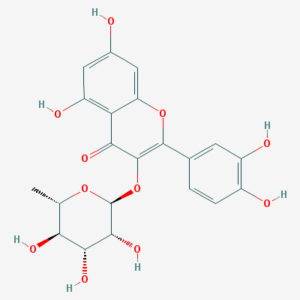 The chemical formula of quercitrin
The chemical formula of quercitrin
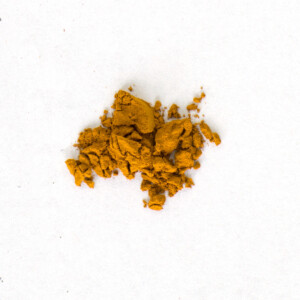
Pigment
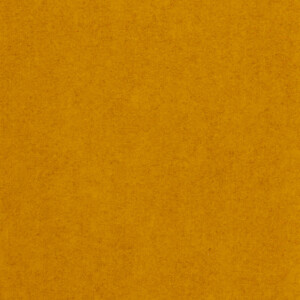
Painted swatch
Names
Alternative names
Yellow lake, Buckthorn lake, Dutch yellow, Persian lake, yellow madder, pinke yellow
Color Index
NY 14, CI 75440
Word origin
French name of the pigment
Schüttgelb
German
Stil-de-grain
French
Stil de grain giallo
Italian
Amarillo de cromo
Stil de grain, laca amarilla
Preparation
According to Bersch (1), the lake is prepared by boiling the crushed berries with water and mixing the extract with a solution of alum [hydrated potassium aluminum sulfate KAl(SO4)2·12H2O].
“The lake is then precipitated by the addition of powdered chalk. As a rule, 500 parts of water are used to 100 parts of berries, 20 parts of alum are added to the decoction, and the mixture poured upon 75 parts of finely powdered chalk.”
Another recipe describes the plant berries as being steeped in lye (potash or potassium carbonate K2CO3), then precipitated with alum to create a translucent yellow lake pigment. Different hues can be attained by the addition of tin, copper or iron salts. The temperature also has an effect on the resulting color: a lemon yellow lake is obtained up to 50° C, and a darker, orange-colored lake is obtained at 100° C.
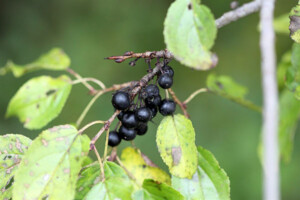
Ripe buckthorn berries. Image: Iris Männig
References
(1) Bersch, Josef, The manufacture of mineral and lake pigments: containing directions for the manufacture of all artificial artists’ and painters’ colours, enamel colours, soot and metallic pigments. Arthur C. Wright, Translator. London: Scott, Greenwood, 1901, p. 348.
History of Use
The pigment was in use since the medieval times and was popular with baroque painters such as Vermeer, Rubens, and Rembrandt. The description of the history of stil de grain at Natural Pigments quotes from old sources such as
Piles, Roger de, Jombert, Charles Antoine [Ed.] Élémens de peinture pratique — Amsterdam & Leipsick, 1776
Osborne, Laughton, Handbook of Young Artists and Amateurs in Oilpainting: Being chiefly a condensed compilation from the celebrated manual of Bouvier, with additional matter selected from the labors of Merimée, de Montabert and other distinguished continental writers in the art in seven parts. New York: J. Wiley, 1849, p. 53.
Both books are available in digitized facsimile form (see links given above).
Example of use
Rembrandt van Rijn, ‘Self-Portrait at the Age of 63’, 1669
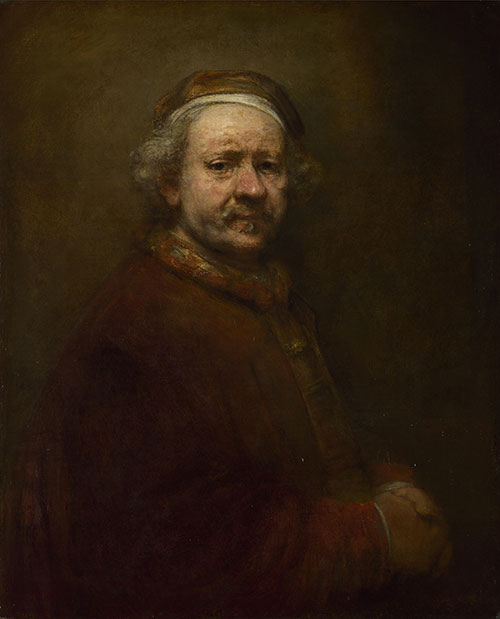
Identification
UV-Visible and NMR-Spectra
A. Romani, C. Zuccaccia, C. Clementi, An NMR and UV–visible spectroscopic study of the principal colored component of Stil de grain lake, Dyes and Pigments, Volume 71, Issue 3, 2006, Pages 218-223. http://dx.doi.org/10.1016/j.dyepig.2005.07.005
Raman Spectrum
Hannah E. Mayhew, David M. Fabian, Shelley A. Svoboda and Kristin L. Wustholz, Raman spectrum: Surface-enhanced Raman spectroscopy studies of yellow organic dyestuffs and lake pigments in oil paint, Analyst, 2013,138, 4493-4499.
DOI: 10.1039/C3AN00611E
Further Reading
References
A. Romani, C. Zuccaccia, C. Clementi, An NMR and UV–visible spectroscopic study of the principal colored component of Stil de grain lake, Dyes and Pigments, Volume 71, Issue 3, 2006, Pages 218-223. http://dx.doi.org/10.1016/j.dyepig.2005.07.005
Eastaugh, N., Walsh, V., Chaplin, T. and Siddall R., Pigment Compendium: A Dictionary and Optical Microscopy of Historical Pigments, Elsevier Butterworth-Heinemann 2004, p. 359.
S. Muntwyler, J. Lipscher, HP. Schneider, Das Farbenbuch, 2nd. Ed., 2023, alataverlag Elsau, pp. 146-67.

